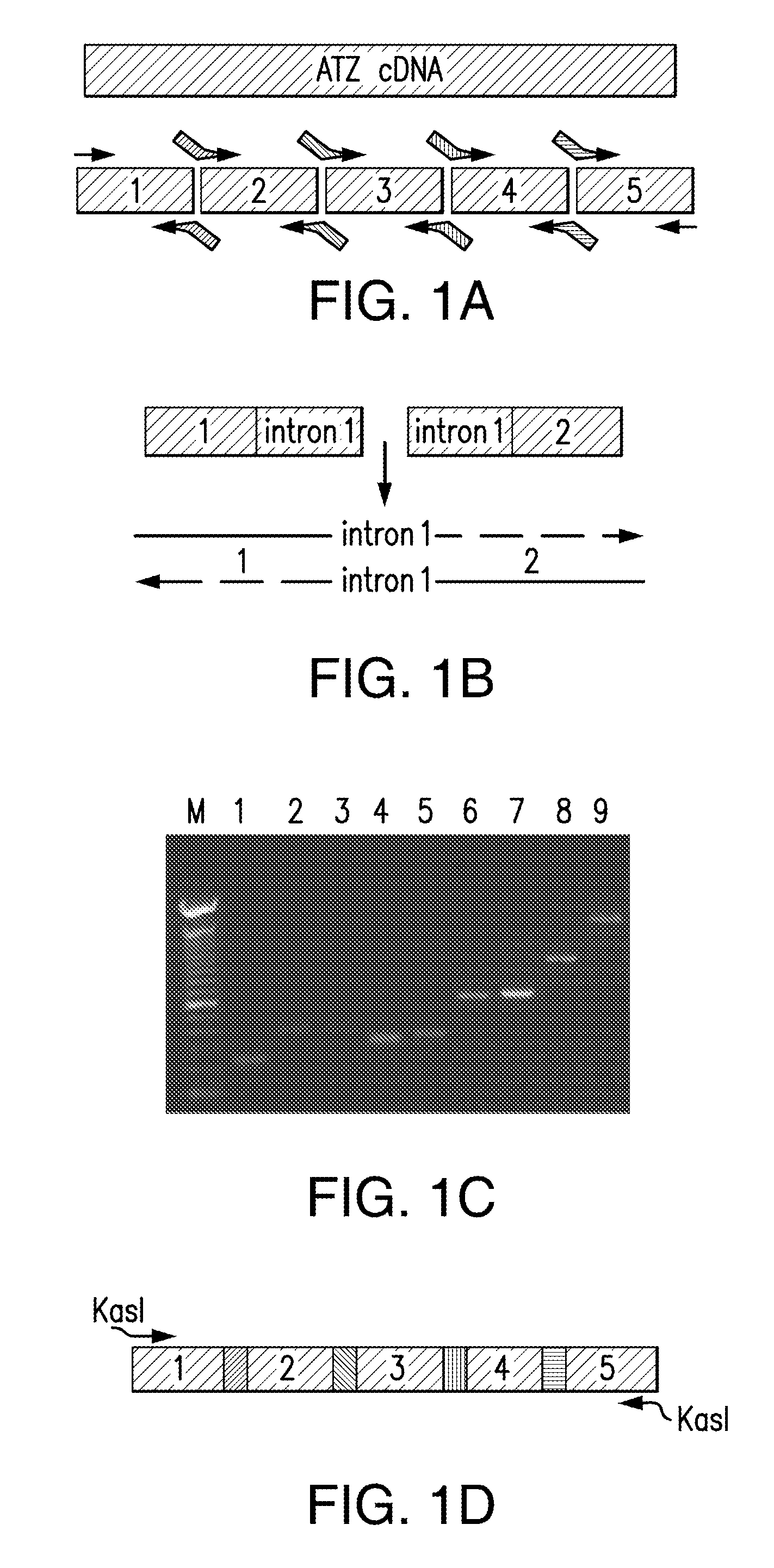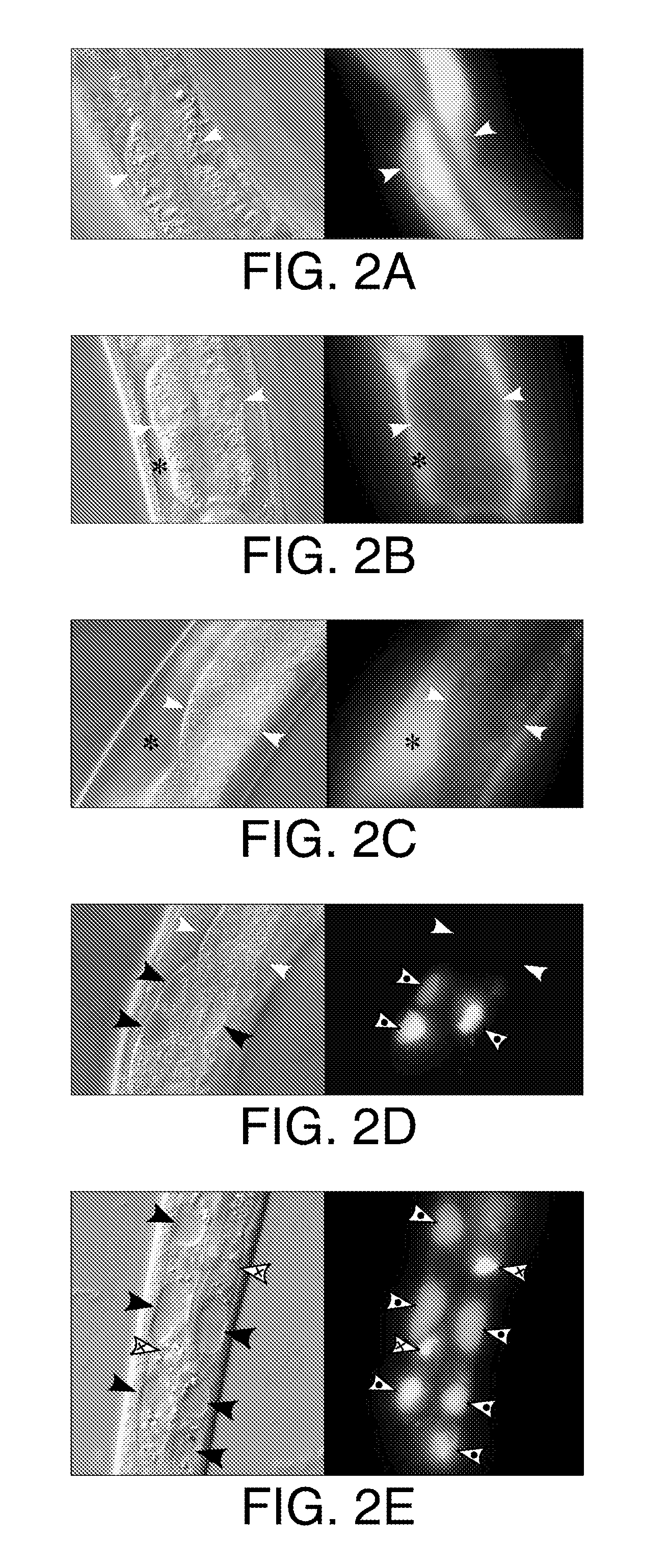Methods of Treating Disorders Associated with Protein Aggregation
a protein aggregation and disorder technology, applied in the field of protein aggregation disorders, can solve the problems of improper protein processing and aggregate formation, mutant alleles are susceptible to premature development of chronic obstructive pulmonary disease, and the load of oligomers may be too large to avoid toxic a accumulation, etc., to achieve accurate definition of objects, eliminate major bottlenecks in screening process, and high throughput screening
- Summary
- Abstract
- Description
- Claims
- Application Information
AI Technical Summary
Benefits of technology
Problems solved by technology
Method used
Image
Examples
Embodiment Construction
[0040]For clarity of description and not by way of limitation, the detailed description of the invention is divided into the following subsections:[0041](i) treatment agents;[0042](ii) disorders of protein aggregation;[0043](iii) methods of treatment;[0044](iv) assay system constructs;[0045](v) assay model systems; and[0046](vi) screening assays.
5.1 Treatment Agents
[0047]Treatment agents which may be used according to the invention include the APA compounds listed in TABLES 4 and 5 herein, and particularly pimozide, fluphenazine, tamoxifen, taxol, cantharidin, cantharidic acid, their salts (where applicable) and structurally related compounds.
5.1.1 Pimozide
[0048]Pimozide is 1-[1-[4,4-bis(4-fluorophenyl)butyl]-4-piperidyl]-1,3-dihydrobenzoimidazol-2-one (IUPAC name) and has the structural formula:
Compounds structurally related to pimozide include other compounds of the diphenulbutyl piperidine class as well as the compounds clopimozide, penfluridol, piamperone and R28935.
5.1.2 Fluphe...
PUM
| Property | Measurement | Unit |
|---|---|---|
| concentration | aaaaa | aaaaa |
| aggregation | aaaaa | aaaaa |
| nucleic acid | aaaaa | aaaaa |
Abstract
Description
Claims
Application Information
 Login to View More
Login to View More - R&D
- Intellectual Property
- Life Sciences
- Materials
- Tech Scout
- Unparalleled Data Quality
- Higher Quality Content
- 60% Fewer Hallucinations
Browse by: Latest US Patents, China's latest patents, Technical Efficacy Thesaurus, Application Domain, Technology Topic, Popular Technical Reports.
© 2025 PatSnap. All rights reserved.Legal|Privacy policy|Modern Slavery Act Transparency Statement|Sitemap|About US| Contact US: help@patsnap.com



